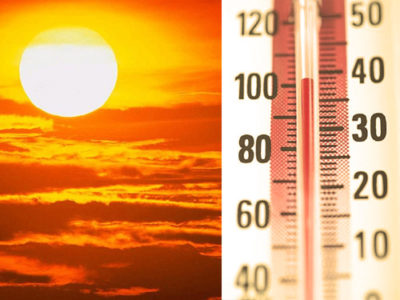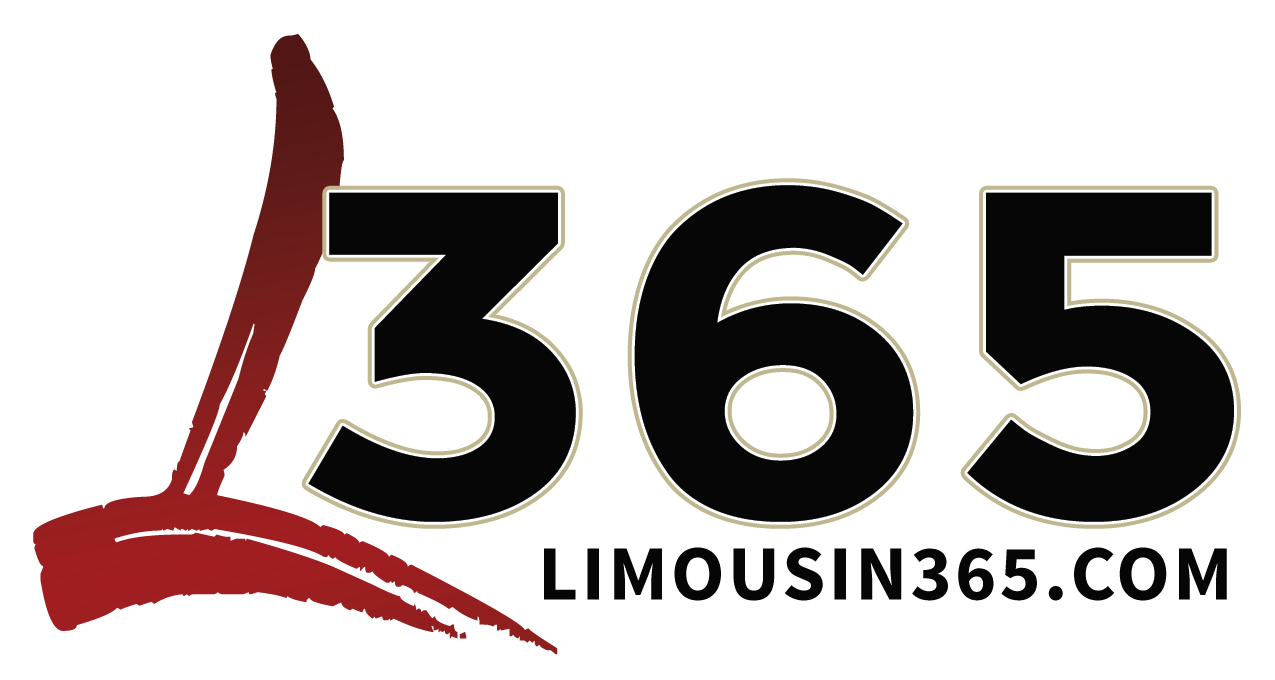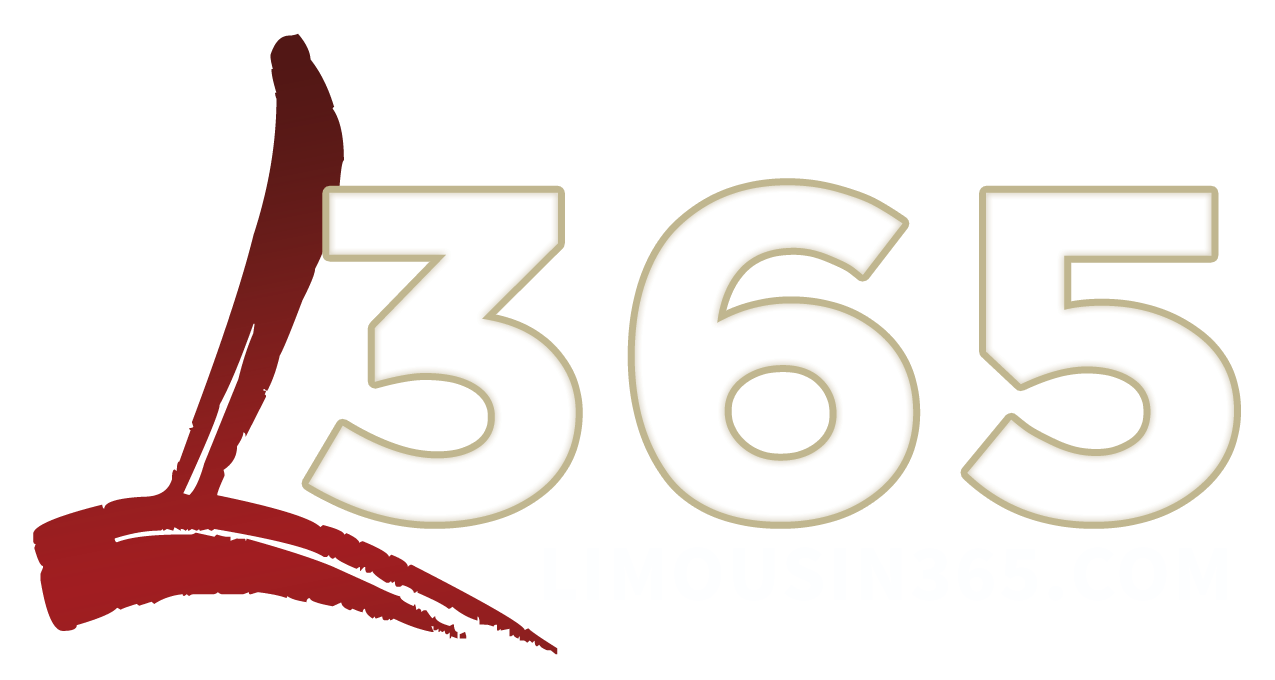Heat Stress and Beef Cattle

Heat Stress and Beef Cattle
by Stephen Boyles
OSU Extension Beef Specialist
High temperatures raise the concern of heat stress on cattle. Hot weather and high humidity can reduce breeding efficiency, milk production, feed intake, weight gains and sometime cause death. Management can be used to reduce the problem when hot and humid weather is forecast.
WATER: Providing an adequate source of cool, clean drinking water is essential to help keep animals’s internal body temperature within normal limits. It is thought that water temperature affects rumen temperature and thus blood temperature which affects brain centers that control feed consumption. Above-ground water lines should be provided shade by having taller grass cover them. Run lines in fields or under fences that are not being currently grazed. You should at least check the water temperature in water troughs throughout the summer. Environmental temperature increases from 70F to 95F can increase total water requirements by about 2.5 times.
GRAZING STRATEGIES: Producers using intensive grazing might consider several options. One option is to rotate through fields at a more rapid rate. Taller grass tends to be a cooler surface to maintain cattle on than pastures with shorter grass stands. Another option is to rotate cattle in the evening rather than the morning. The assumption is that the grass will be consumed in the evening and the “heat of fermentation” or digestion is mostly dissipated by mid-morning, thereby reducing the heat load produced by the animal. Another possible option is to graze paddocks that allow access to temporary shade or trees during the heat of the day. This will reduce equal distribution of manure throughout the paddock but might be a suitable compromise during excessively hot weather.
HOT WEATHER AND REPRODUCTION: Beef cattle producers need to be most concerned about hot, humid weather during the breeding season. Hot weather can reduce the duration and intensity of the estrus (heat) period and increase the interval between estrus periods (the estrous cycle). During the early stages of pregnancy (fertilization to implantation of the egg into the uterine wall), the embryo is directly affected by maternal body temperature. High temperatures can cause the nonimplanted egg to be expelled. Implantation is estimated to occur 11 to 40 days after breeding. Expulsion of the embryo due to heat stress does not affect fertility of future estrous cycles but delays when she will calve again. This may be the reason we observe longer estrous cycles during hot weather (she may have actually been pregnant for a few days).
MANAGEMENT OF HOT FEEDS AND COOL FEEDS: We sometimes talk about “hot” and “cool” feeds. We must discern whether the discussion is about energy content or actual heat production. Corn and other concentrates are sometimes called “hot” feeds. This is in reference to their higher energy content compared to hay or straw (cool feeds). However, corn and other concentrates contribute less to the heat of fermentation or digestion than hay. Therefore, cattle actually produce less heat when consuming corn than when consuming hay.
BUNK MANAGEMENT: One option is to feed more frequently so as to keep the feed fresher (especially silage) and to feed a greater part of the diet in the evening rather then in the morning. This will move more of the heat of fermentation to the cooler, nighttime temperatures. Limit feeding is another viable option. Similarly, high quality forage produces less heat of fermentation than low quality forage. This might be another argument for moving cattle to higher quality pasture or moving them more frequently through the paddocks.
MINERAL LOSS: Increased water consumption will increase excretion of urine. This will also increase the loss of certain minerals, such as sodium (a part of salt), potassium, and magnesium. Free choice trace mineral salt should be provided in a location that the animals will consume it. Loose salt will be more readily consumed than block salt.
FEEDLOT PERFORMANCE: Feedlot cattle usually perform better in spring and summer than in winter but death loss is greater with a severe heat episode than with a severe cold spell. Generally the larger, finished cattle are the most prone to dying. July is a high-risk month for Midwest lots. July has high humidity and more sunshine and long days. August may be hotter, but humidity may not be as high and cattle have had time to acclimate.
When ambient temperature approaches body temperature, the principal mechanism for cooling is through evaporative processes (sweating and panting). High humidity limits the amount of evaporative cooling that can occur. The more moisture in the air, the less warm moisture can dissipate from the body surface.
CATTLE BEHAVIOR: Watch for cattle that are not eating or laying down. Rarely will you see them lying down, unless they succumb to the heat. Cattle will stand up to expose more surface area to dissipate heat. Another sign of heat stress is crowding around a water source. By grouping up, they can get indirect shading effect using other cattle to block exposure to the sun. Open-mouth labored breathing might be considered the last mechanism of survival. Panting may be an efficient method for a dog but cattle are not designed to do it very well. When cattle get to the open-mouth, labored breathing, their maintenance requirements increase as much as 11-25%. They also reduce feed intake so as to reduce their heat production.
CATTLE HANDLING: Handle cattle early in the morning. Bulls and finished cattle are especially vulnerable to handling during the heat of the day. This is because they less surface area per pound of body weight exposed to dissipate heat. Handle cattle quietly because once they get excited it will take 20-30 minutes for their heart rates to return to normal. When hauling cattle, load early in the morning and don’t stop during the heat of the day.
EMERGENCY MANAGEMENT: Emergency management generally involves wetting down the cattle and perhaps the roofs of buildings. Delivering large droplets of water (versus a mist) is preferred at 20 to 30 minute intervals. This will allow for some cooling affect. The benefits of sprinkling may not be realized if it increases the amount of mud and humidity in the feedlot.



